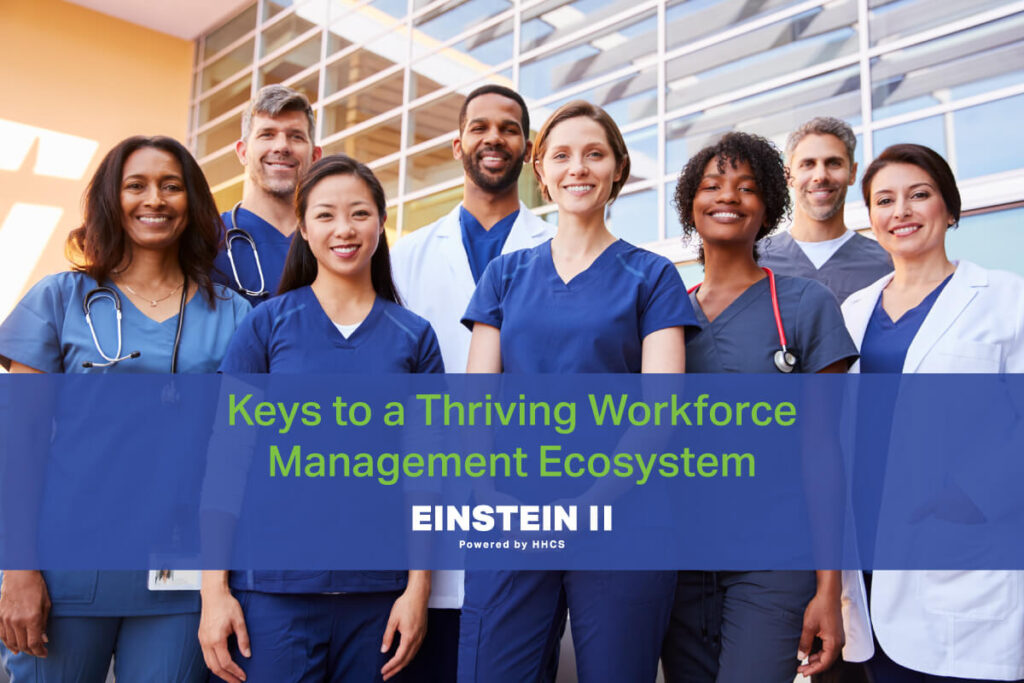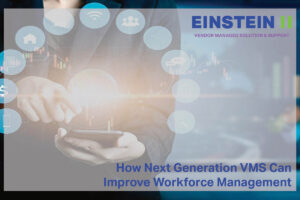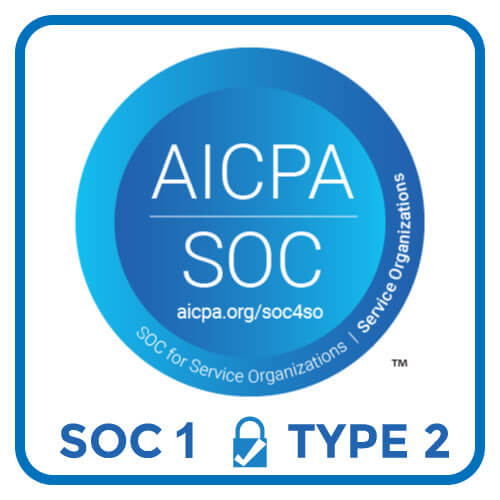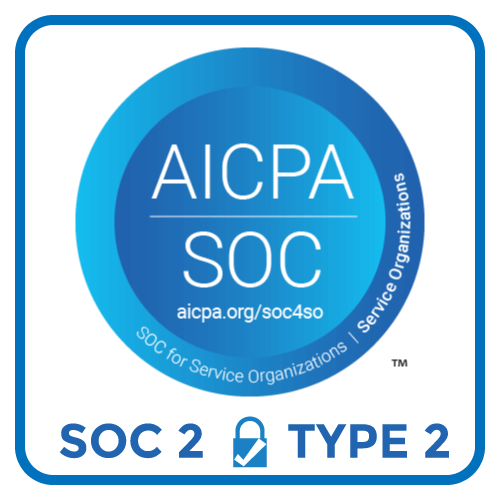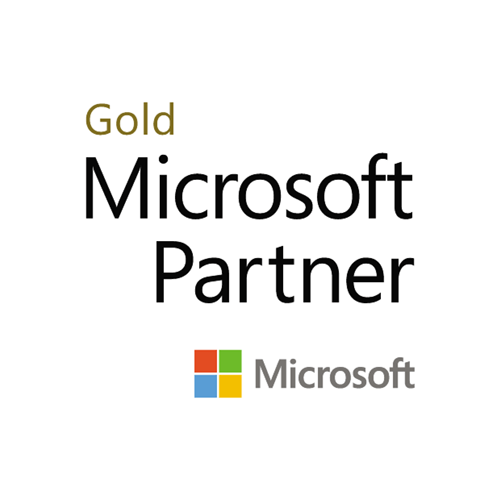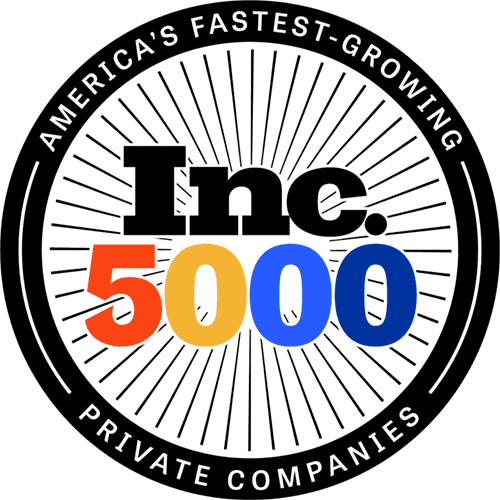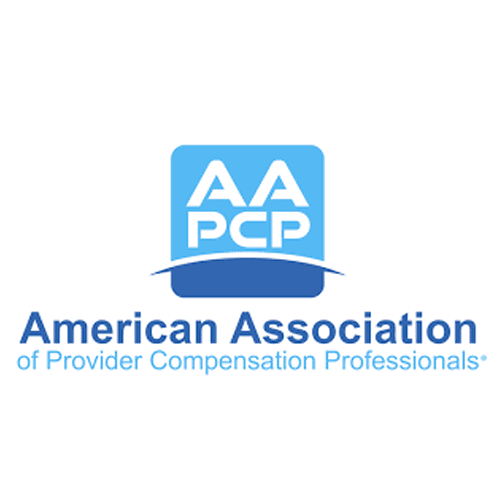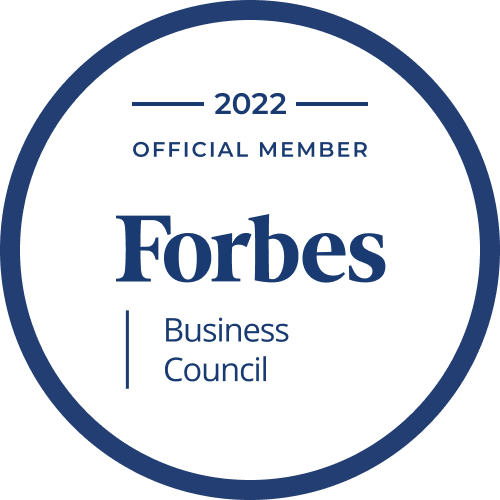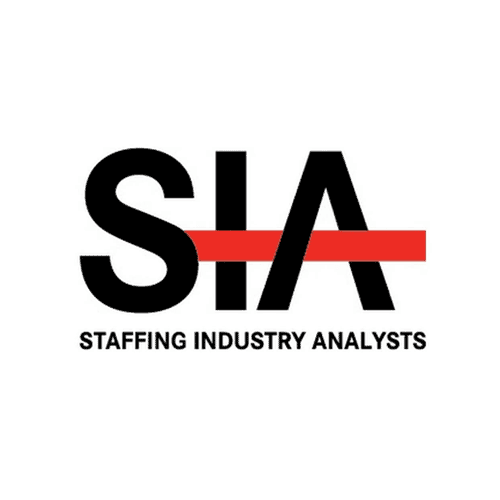As hospital leaders hold on to hope that nurse shortages will wane with the pandemic, research continues to show the opposite. The American Nurses Foundation (ANF) recently reported an astounding 30% increase in the number of nurses thinking about leaving their positions, from 40% one year ago to 52% today.
In many hospitals, external agencies have been utilized as the solution for staffing challenges, fueling a 126% increase in high-cost contingent labor over the last few years. Using contract labor is nothing new, but the escalating demands of the workforce and volume of vacancies have made it increasingly inviable as a primary go-to option. It is time to take a new approach – one that is more diversified, holistic, and synergistic.
That’s because workforce management is an ecosystem. Many components are in play, but if the system relies too heavily on what’s least sustainable – like high-cost agency and other premium labor – the current staffing landscape will only degrade further.
As with any ecosystem, it takes balance to thrive.
For example, even during the pandemic, this 22-state health system achieved a 97% fill rate and 20 days to fill. Did they do it by increasing reliance on contract labor? No – they actually reduced agency spend by half at the same time. Instead, they adopted a more comprehensive, end-to-end approach, made possible by purpose-built technology that equipped them to:
- Build their internal resource pool (IRP) while automating communications, scheduling, and deployment processes in ways that ensure internal float resources are maximized before resorting to premium labor (Einstein II IRP)
- Use a single-source Vendor Managed Solution & Support (VMSS) platform to efficiently manage all aspects of clinical and non-clinical contract labor procurement in-house (Einstein II VMSS)
When these technologies combine and are supplemented by strategic domain expertise and support services, the result for hospitals and health systems is greater control over labor options, spend, workflow, and decision-making. This combination also supports the design and implementation of flexible employment models that will stop and reverse the loss of nurses to “gig-style” agency staffing.
From recruiting new employees to paying agency invoices – and every level in between – comprehensive workforce management spans multiple departments, technology systems, and sometimes even whole organizations. Like most things in healthcare, integration is key to better outcomes.
Intelligent automation that connects all relevant people, processes, and technologies is the way forward. Einstein II integrates, automates, and supports workforce management to lift administrative burdens and break down silos:
- Orders, Scheduling, and Deployment: Multidirectional, tech-enabled communication between your team and related departments, internal float resources, external staffing vendors, and external staffing candidates.
- Contract Labor Administration: Ensuring credentialing documents are in place, reviewing and approving contingent labor timesheets, and approving invoices for accounts payable for timely payment to staffing vendors. Managing these day-to-day functions in house is better for audit-readiness, as well as quality and cost control.
- Analytics and Reporting: Unlocking visibility into utilization and performance, including rates and spend, percentage of needs filled internally versus externally, vendor quality KPIs, candidate ratings, and more.
- Strategic Expertise: Turning insights into transformative strategies for designing flexible employment structures and identifying additional labor market options.
By delivering all the above from a single source, Einstein II enables administrators to reallocate time to more value-added, strategic activities that support enterprise goals. It also drives better processes, mitigates compliance risks, and delivers much-needed standardization in contracts and bill rates, timekeeping, and invoicing.
These process and technology improvements don’t just make workforce management better, they make working conditions better, too – and that means improved nurse recruitment and retention.
In the ANF survey mentioned at the top of this article, nurses said their top reasons for leaving are “insufficient staffing” and “work negatively affecting health and well-being.” Asked what their employers could do to improve work satisfaction, most said increase staff, support work-life balance, and offer more flexibility in scheduling.
Can you answer that call with your current processes and technology?
If not, it’s time to adopt integrated, fit-for-purpose solutions like Einstein II so you can compete with staffing agencies again – and win.
For more real-world examples of the difference Einstein II makes, visit our case studies page.

